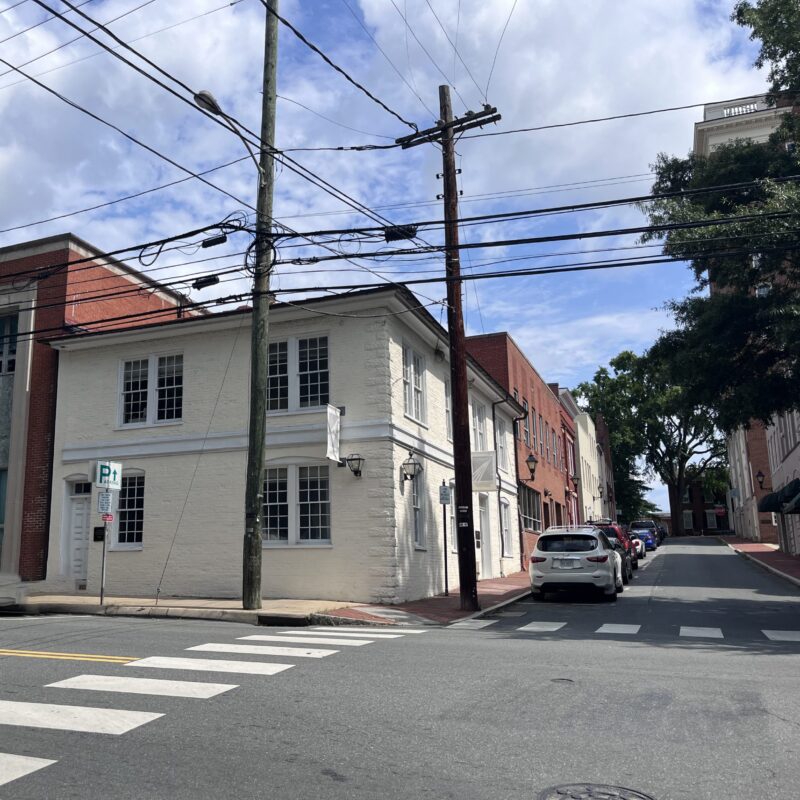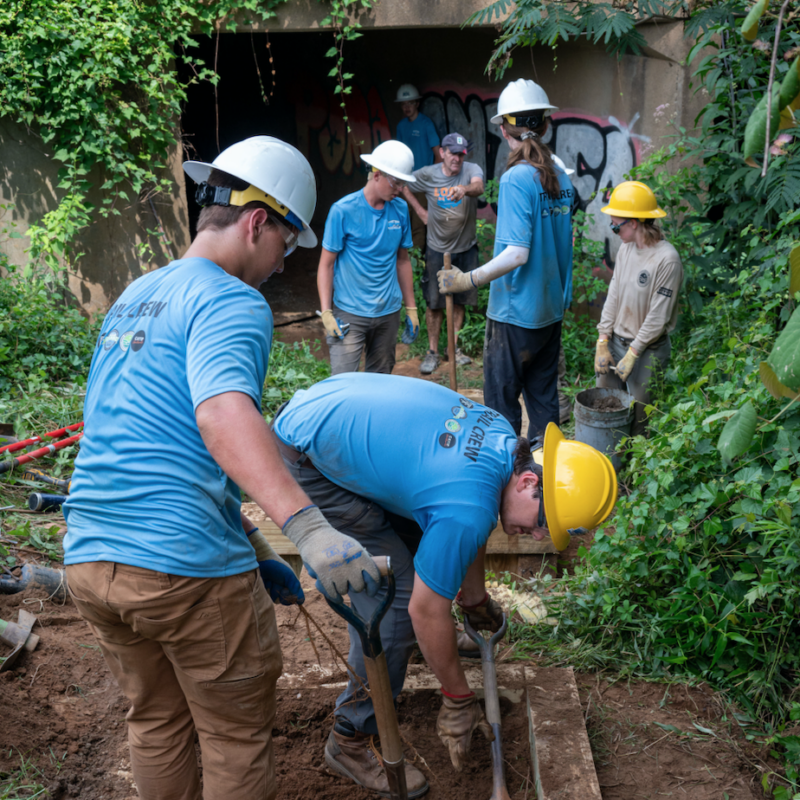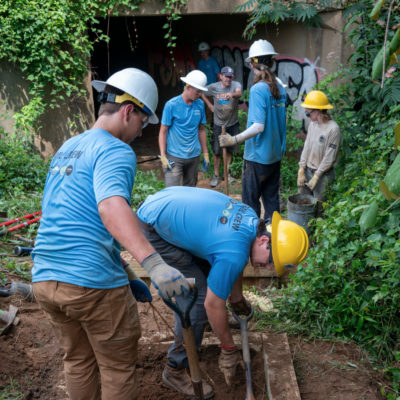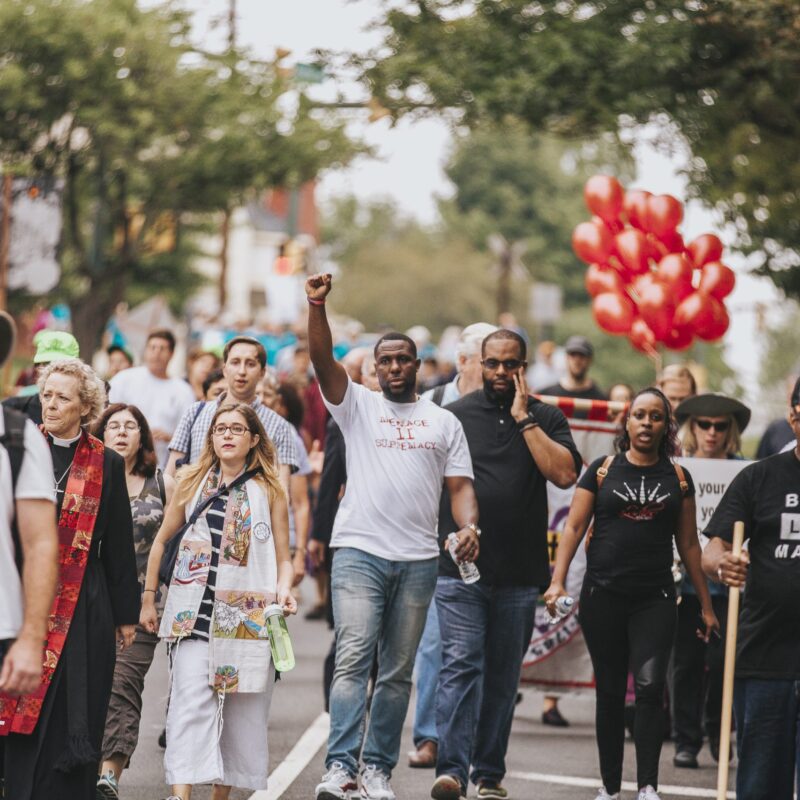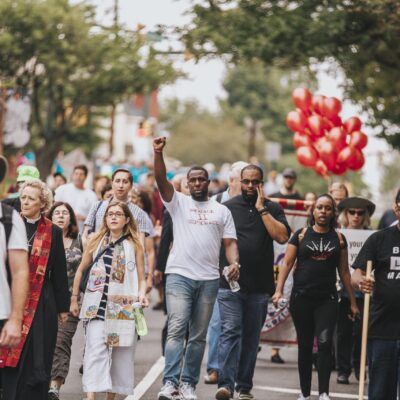There was something almost impish in the way City Councilor Dave Norris cast his vote to approve an easement for the Meadowcreek Parkway (MCP). In the two or three seconds between the clacks signifying the four other councilors votes and the time his vote registered on the board, Norris seemed to grin at the surprise in the room, not in the least from other councilors and city staffers.

Despite his long opposition, City Councilor Dave Norris voted to grant easements to VDOT for the Meadowcreek Parkway, if certain conditions are met.
|
| Previous C-VILLE coverage:
Meadowcreek Parkway to-do list in city MCP may have future legal problems Commission approves MCP interchange Parkway interchange design gets support State funding problems affect local roads County approves road priorities |
Norris has long been a staunch opponent of the MCP, so a vote in favor of moving forward toward its construction puzzled some. But with the four other councilors ready to move ahead on the MCP, a vote against it would have simply signaled his opposition without halting the project. Norris says that in those seconds between the other councilors’ votes and his, he weighed his options—his continued principled opposition, or the pragmatic fighting for the conditions that council had attached to the easement.
“I saw my vote as an affirmation of the terms,” Norris says. “That doesn’t mean I changed my position on the parkway. I still feel strongly it’s a bad direction to be heading in. But I’m one of five.” Here, Norris laughs a little. “And I’m the only one of five.”
Council’s 5-0 vote grants the Virginia Department of Transportation (VDOT) a temporary construction easement, which gives VDOT the authority to build a section of the MCP. It is essentially the last city action needed to move forward with construction for the road component of the parkway.
Council, however, attached three conditions to its approval: that VDOT acquire 11 more acres of replacement parkland, that the stormwater plans be finalized and that the interchange at 250 and McIntire be above grade.
Before the vote, 22 people gave public comment, 14 voicing opposition to the MCP. Among supporters were local business owners and State Delegate David Toscano, who urged council to move forward with the project, arguing that any more inaction would be met with a jaundiced eye in Richmond.
“My concern is that two things might happen if we didn’t move forward,” Toscano says in an interview. “One: there is the issue of whether the city would be asked to repay the state [about $2 million for the MCP]. The second issue is, given the dearth of transportation dollars available, would the city be able to capture any portion of those scarce dollars for any purpose, whether it be expanding the road network by building roads like Hillsdale or doing things for mass transit?”
Roads like the Hillsdale and Sunset-Fontaine connectors are essential to the area’s proposed transportation network, of which the backbone is supposedly the MCP. The implication of Toscano’s comments were that if the city didn’t move forward on the MCP in a timely manner, state financial support for those other connector roads, not to mention for mass transit, could dry up. Lack of state and federal funding would put other road projects in the transportation network at risk, namely the Eastern Connector, a road that councilors see as essential to avoid overburdening the MCP itself.
Councilors Kevin Lynch and Kendra Hamilton voiced skepticism that roads like the Eastern Connector—a county project—would begin construction anytime soon, if at all. Norris says that he views the Eastern Connector, like some members of the public, as more fantasy than reality right now.
“I don’t really have a lot of hope that the Easter Connector will get built,” he says. “Given the funding environment we’re in today and the fact that the Eastern Connector is not particular high on the county’s priority list, those two things together do not bode well.”
Instead of building more roads, Norris says that he thinks using federal and state money for other transportation issues—namely answering the question of “How do we get people out of their cars?”—wouldn’t be perceived as bad back in Richmond.
Toscano, it seems, disagrees.
“There are places around the state that are screaming for more transportation money,” he says. “It’s not like this money’s just going to be redirected to some other project we might like. It’s likely to leave the area altogether.”
Once VDOT acquires the parkland and completes the stormwater design, its next step will be to work with local utility companies to relocate water, gas and sewer lines. After that, it will begin to solicit construction bids from private contractors.
C-VILLE welcomes news tips from readers. Send them to news@c-ville.com.
